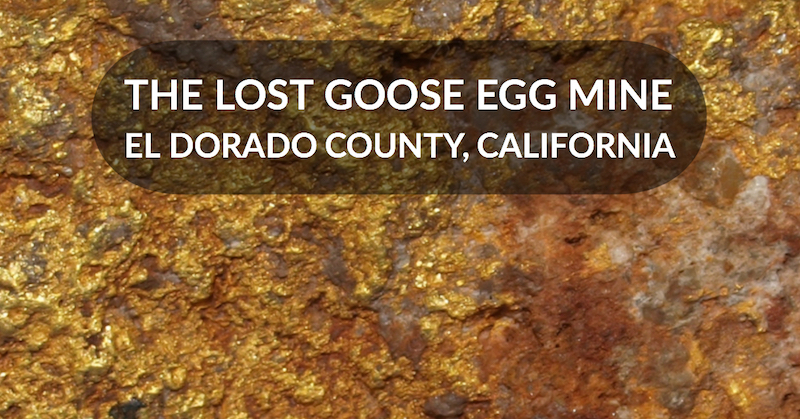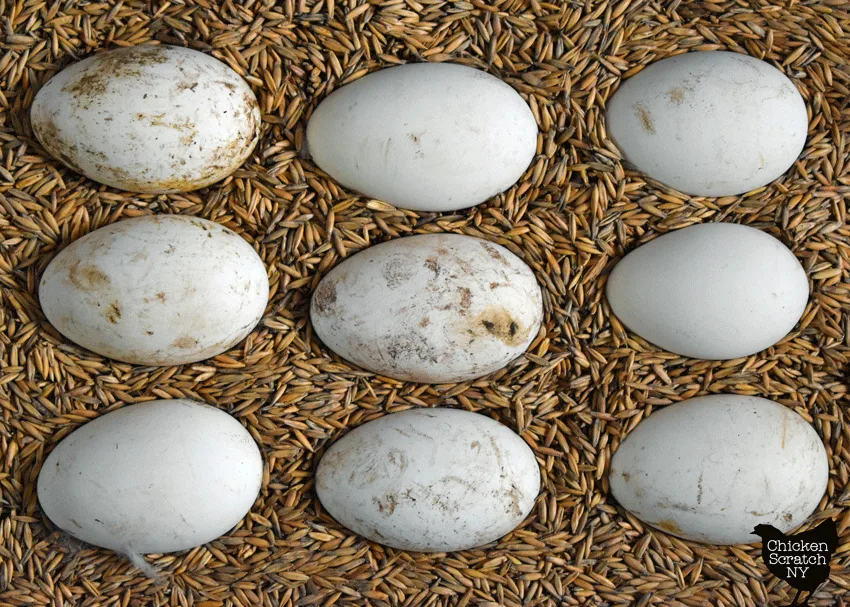
The Blue Heart of California: Unearthing the Enigma of the Goose Egg Mine
High in the rugged, sun-baked slopes of California’s Diablo Range, nestled deep within San Benito County, lies a geological anomaly that has captivated mineralogists, gem collectors, and dreamers for over a century. This remote, unforgiving landscape is the sole commercial source in the world for benitoite, California’s official state gem – a sapphire-blue marvel renowned for its extraordinary brilliance and rarity. And within this unique geological province, amidst more famous names like the Dallas and Gemstar mines, stands the Goose Egg Mine, a name that conjures both the promise of discovery and the specific, often elusive, nature of its treasures.
To understand the Goose Egg Mine is to embark on a journey into the earth’s improbable chemistry, a tale of stubborn prospectors, and the enduring allure of a gem that defies easy explanation. Benitoite, first discovered in 1907, is not merely a beautiful stone; it’s a mineralogical enigma. Its hexagonal-dipyramidal crystal system is so rare that it was initially mistaken for sapphire. Yet, upon closer inspection by University of California, Berkeley mineralogist George D. Louderback, its unique optical properties, particularly its dispersion – the ability to split light into spectral colors, often called "fire" – were found to rival, and in some aspects even surpass, that of diamond.
"Benitoite is a geological miracle," explains Dr. Evelyn Reed, a retired gemologist with a lifelong fascination for California minerals. "Its formation requires a very specific set of conditions: hydrothermal fluids rich in barium and titanium, interacting with serpentine rock, all under immense pressure and temperature. It’s like finding a needle in a haystack, except the haystack is a mountain range, and the needle glows blue."

The Goose Egg Mine, while perhaps less globally recognized than its larger neighbors like the Dallas Mine, holds its own distinct place in the benitoite narrative. The name itself is evocative, suggesting a singular, perhaps ovate, pocket of extraordinary richness, or perhaps a nod to the sheer luck involved in unearthing these precious blue crystals. Miners and prospectors often use colorful, descriptive names for their claims, and "Goose Egg" hints at a specific, perhaps once-prolific, locale within the broader benitoite-bearing region.
A Remote Frontier: The Setting
The journey to the benitoite mines, including the Goose Egg, is an adventure in itself. Winding dirt roads, often requiring four-wheel drive, snake through parched hillsides dotted with scrub oak and chaparral. The landscape is raw, beautiful, and utterly untamed. This remoteness, while challenging for mining operations, has also preserved the area’s pristine nature, adding to the mystique of its hidden gems.
Historically, this region was better known for cinnabar, the ore of mercury, vital for California’s Gold Rush era. Quicksilver mines dotted the landscape, leaving behind ghost towns and a legacy of hardy prospectors. It was within this rugged context that benitoite was stumbled upon, not by seasoned gemologists, but by prospectors searching for other valuable minerals.
The initial discovery is generally credited to James M. Couch and his partner, R.W. Dallas, who were exploring for cinnabar and copper when they encountered unusual blue crystals in a serpentine outcrop. They initially believed they had found sapphire, a testament to benitoite’s striking blue hue. It was Louderback’s definitive analysis that identified it as a new mineral species, naming it after the county of its discovery.
The Geological Puzzle: How the Goose Egg Was Laid
The geology of the benitoite deposits is what truly sets them apart. They occur in hydrothermally altered serpentine, specifically within veins of natrolite. Serpentine, a metamorphic rock, is rich in magnesium and iron. The intrusion of unique, barium-rich fluids, possibly from deep within the earth’s mantle, reacted with this serpentine under specific conditions to form benitoite, along with other rare associated minerals like neptunite (a black mineral often found in stunning contrast with benitoite) and joaquinite.
"The Goose Egg, like other benitoite occurrences, is a product of extreme geological serendipity," says Dr. Reed. "These pockets of natrolite are essentially the ‘nests’ where benitoite crystals grew. Finding one is exciting; finding a productive one is a career-defining moment for a miner."

The mining at the Goose Egg, and indeed across the benitoite field, has always been a challenging endeavor. Early methods were rudimentary: pickaxes, shovels, and sheer grit. Miners would follow the natrolite veins, carefully extracting the host rock to reveal the precious blue crystals embedded within. The rock itself is incredibly hard, often requiring pneumatic tools and explosives, but precision is paramount to avoid damaging the delicate crystals.
The Thrill of the Hunt: Mining Through the Decades
Over the decades, ownership of the various benitoite claims, including the Goose Egg, has changed hands multiple times. Periods of intense activity have been interspersed with long stretches of dormancy, dictated by market demand, economic viability, and the sheer difficulty of extracting the gems.
"Mining benitoite is not for the faint of heart," remarks Mike Thompson, a seasoned prospector who has spent years exploring the San Benito County hills. "You spend days, weeks, sometimes months, moving tons of rock for perhaps just a handful of decent crystals. The Goose Egg, like all these places, demands patience and a bit of luck. But when you hit a pocket, and you see that electric blue against the white natrolite, it’s an unbelievable feeling. It’s like the earth is whispering its secrets to you."
Modern mining operations at the more active sites often involve heavy machinery for initial overburden removal, but the actual extraction of gem-quality benitoite remains largely a hand-intensive process. Skilled miners carefully chisel and pry the natrolite matrix, always on the lookout for the tell-tale blue flashes. The process is slow, meticulous, and often physically grueling.
For many years, the benitoite mines, including specific claims that might fall under the general "Goose Egg" designation, have also offered a unique opportunity for the public: "dig your own" experiences. For a fee, amateur prospectors and gem enthusiasts can spend a day sifting through tailings or even digging in designated areas, hoping to unearth their own piece of California’s state gem.
This public access aspect adds another layer to the mystique of the Goose Egg and its neighbors. It democratizes the thrill of discovery, allowing ordinary individuals to connect directly with the earth and its hidden treasures. While finding a large, facet-grade benitoite is exceedingly rare, even small chips or less perfect crystals offer a tangible link to this extraordinary geological phenomenon. It’s not just about the monetary value; it’s about the story, the hunt, and the personal connection to something incredibly rare and beautiful.
"I’ve brought my kids to the public digs for years," shares Sarah Chen, a Bay Area resident. "We rarely find anything significant, but the excitement of digging, of knowing you’re on the same ground where these incredible gems were found, is priceless. It’s a real-life treasure hunt, and it teaches them about geology and perseverance. Every small blue fleck feels like a goose egg of its own."
The Enduring Legacy and Future
Benitoite’s rarity and striking beauty have cemented its place in the world of fine gemstones. Faceted benitoite commands high prices, particularly for larger, clean stones with excellent color and dispersion. Its unique optical properties make it a favorite among collectors and custom jewelers who appreciate its distinctiveness compared to more common blue gems like sapphire or tanzanite.
The Goose Egg Mine, as a specific, historically productive locus within the benitoite field, contributes to this legacy. While its exact output compared to the Dallas or Gemstar mines might be less documented, its very name speaks to the specific, pocket-like nature of these precious deposits. It represents a particular chapter in the ongoing story of benitoite extraction, a place where fortunes were sought, and occasionally found, in the hard rock of the Diablo Range.
The future of benitoite mining, including operations at sites like the Goose Egg, remains an ongoing challenge. The deposits are finite, and the cost of extraction is high. Yet, the enduring allure of this stunning blue gem, its status as California’s state gem, and its unique place in mineralogy ensure that prospectors, miners, and enthusiasts will continue to seek out its hidden pockets.
The Goose Egg Mine stands as a testament to the earth’s boundless capacity for wonder. It’s a symbol of rarity, a product of geological forces beyond human comprehension, and a silent witness to the dreams and sweat of those who dared to unearth its vibrant blue heart. In a world increasingly explored and understood, the remote hills of San Benito County, and the enigmatic "goose eggs" they hold, continue to whisper tales of discovery, reminding us that true treasures often lie hidden, waiting for those with the patience and passion to seek them out.


